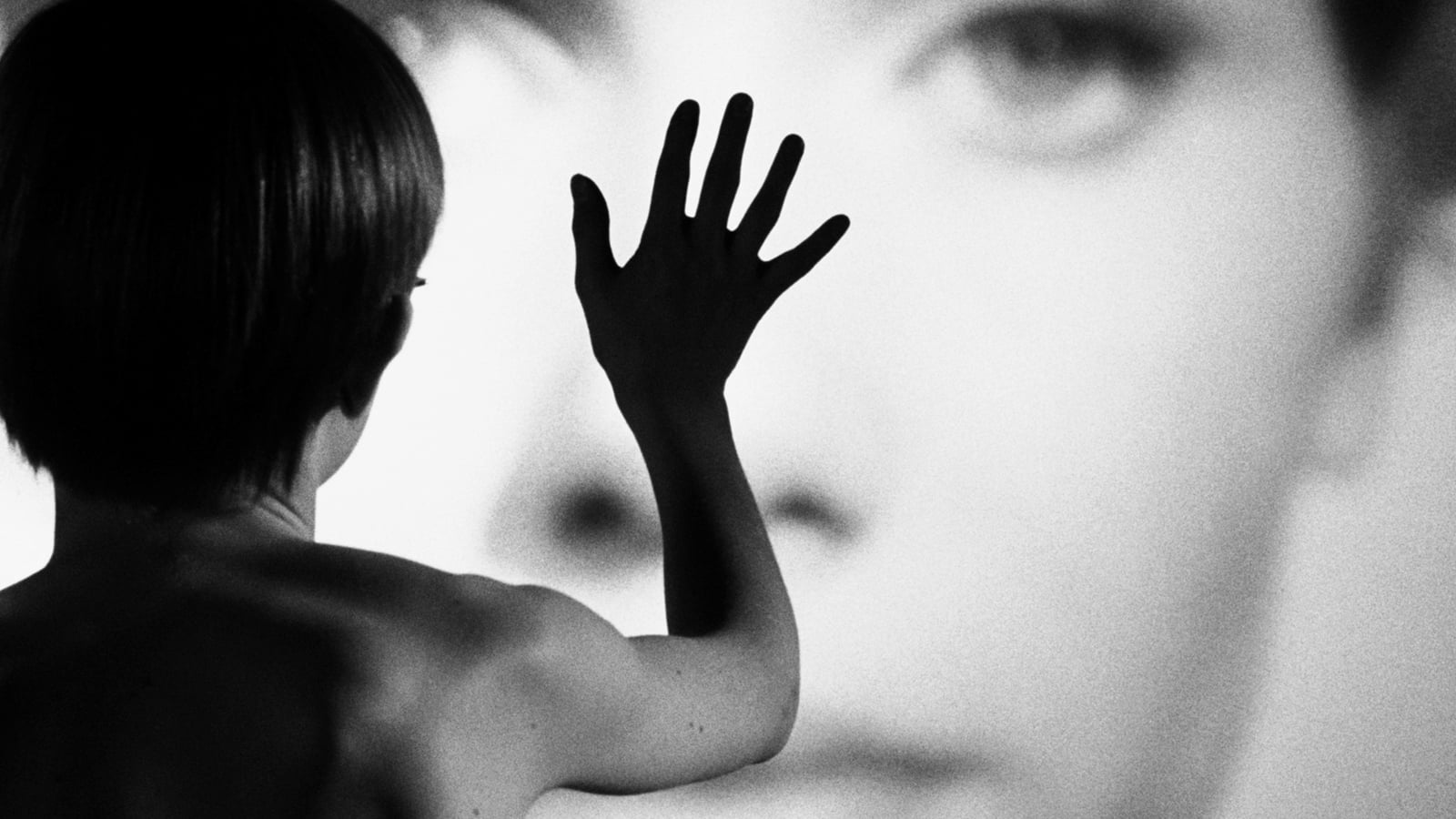-

The Best Films of the 1960s Decade
The greatest films of the 1960s, from the French New Wave to the subversive Spaghetti Westerns.
-
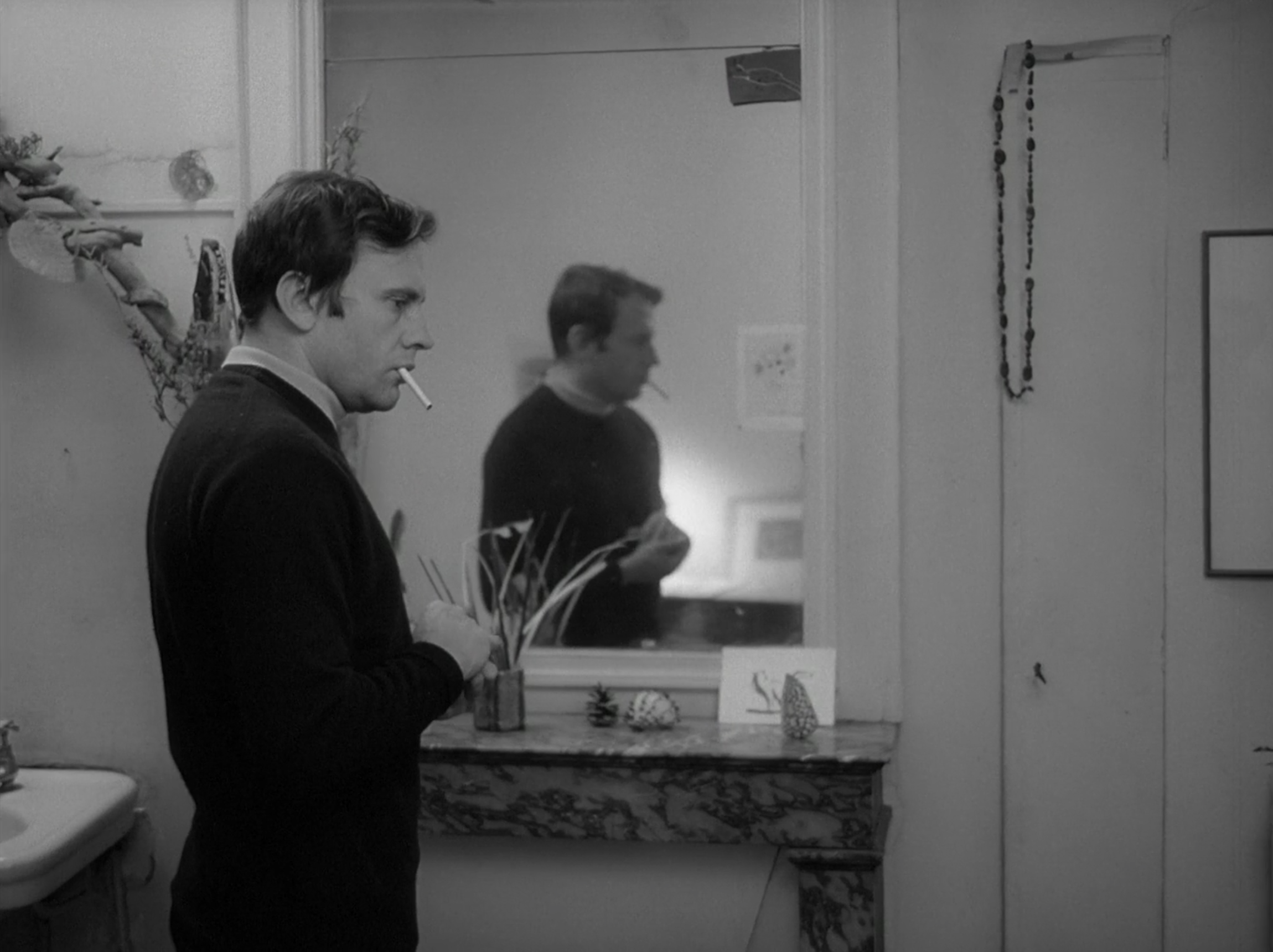
My Night at Maud’s (1969)
My Night at Maud’s isn’t ready to deliver firm answers to its philosophical quandaries, and yet in this narrative built on a series of unlikely happenstances and cerebral discussions, Eric Rohmer also crafts an absorbing examination of fate, romance, and hypocritical egos as they fall under theological and secular perspectives.
-
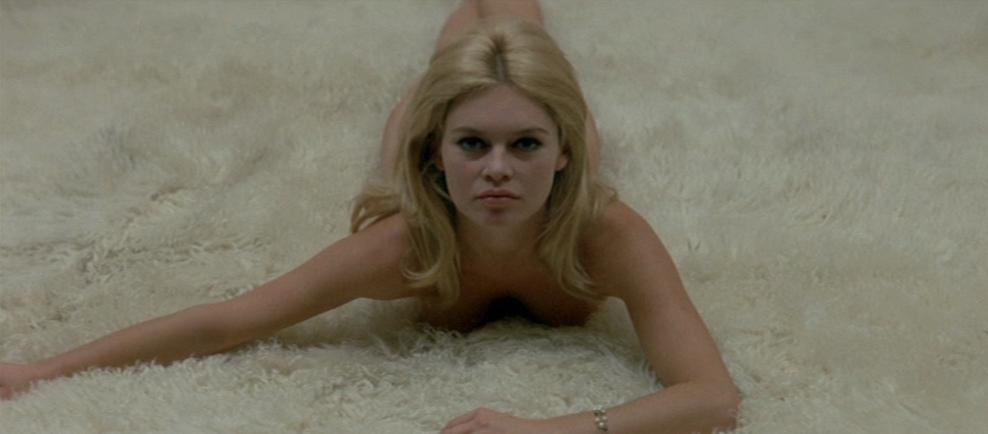
Contempt (1963)
With a playfully postmodern approach to classical conventions of both mise-en-scène and Greek mythology in Contempt, Jean-Luc Godard aims his incisive wit towards the gods of storytelling themselves, while critiquing those who degrade history with visions of crude, dishonest entertainment.
-
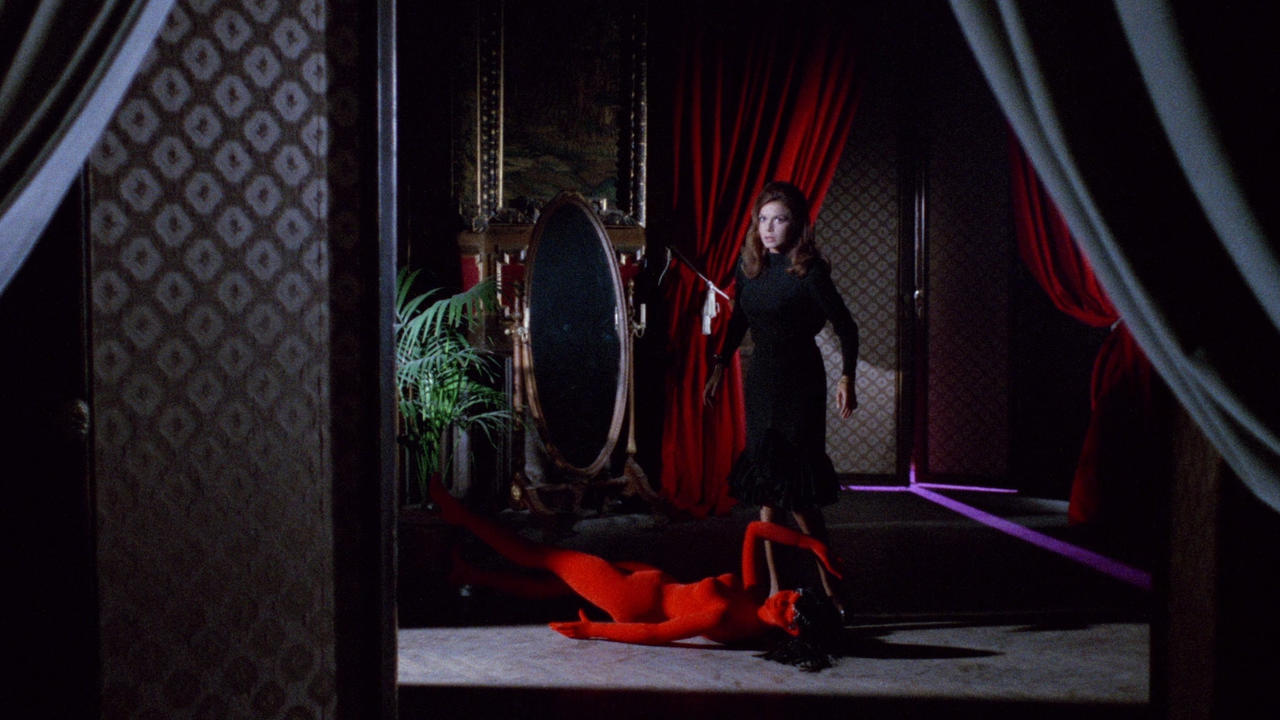
Blood and Black Lace (1964)
An inconsistent artistic paradox like Blood and Black Lace is hard to reckon with, but for all the flaws in its pulpy writing there are a thousand more strengths in Mario Bava’s audaciously stylistic direction, turning an Italian fashion house into a Technicolor fever dream where horrific murders explode with vibrantly expressionistic sensibilities.
-
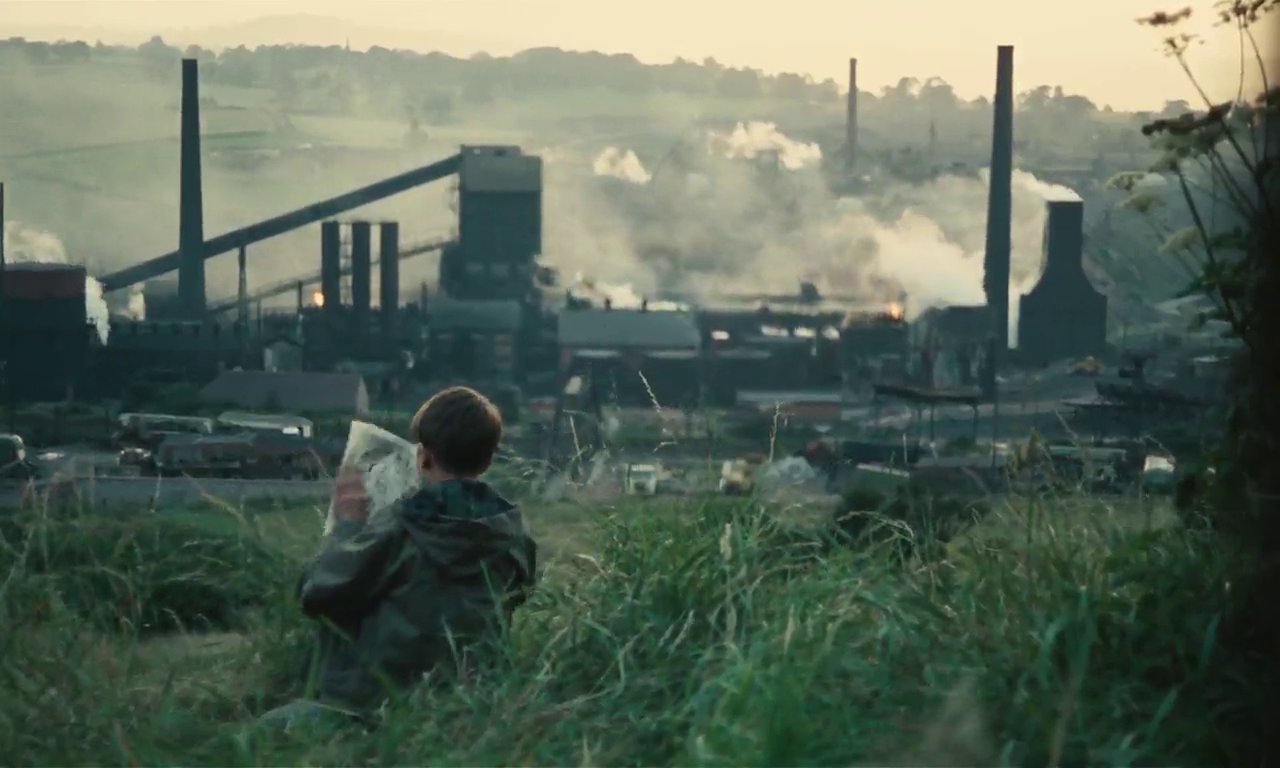
Kes (1969)
The raw grit of Ken Loach’s 1960s South Yorkshire working class community bleeds through his dedication to cinematic realism in Kes, its soul-sucking structures of school and labour sapping the youthful idealism of one disillusioned teenage boy, and setting up his falcon as the sole symbol of independent freedom in this painfully oppressive world.
-

A Woman is a Woman (1961)
There is a biting dissonance at play in A Woman is a Woman, giving the impression that its characters are always on the verge of breaking out into song without ever reaching that climactic emotional outpouring, thereby turning Jean-Luc Godard’s postmodern movie-musical pastiche into a playfully formal experiment of non-sequiturs and fourth wall breaks.
-
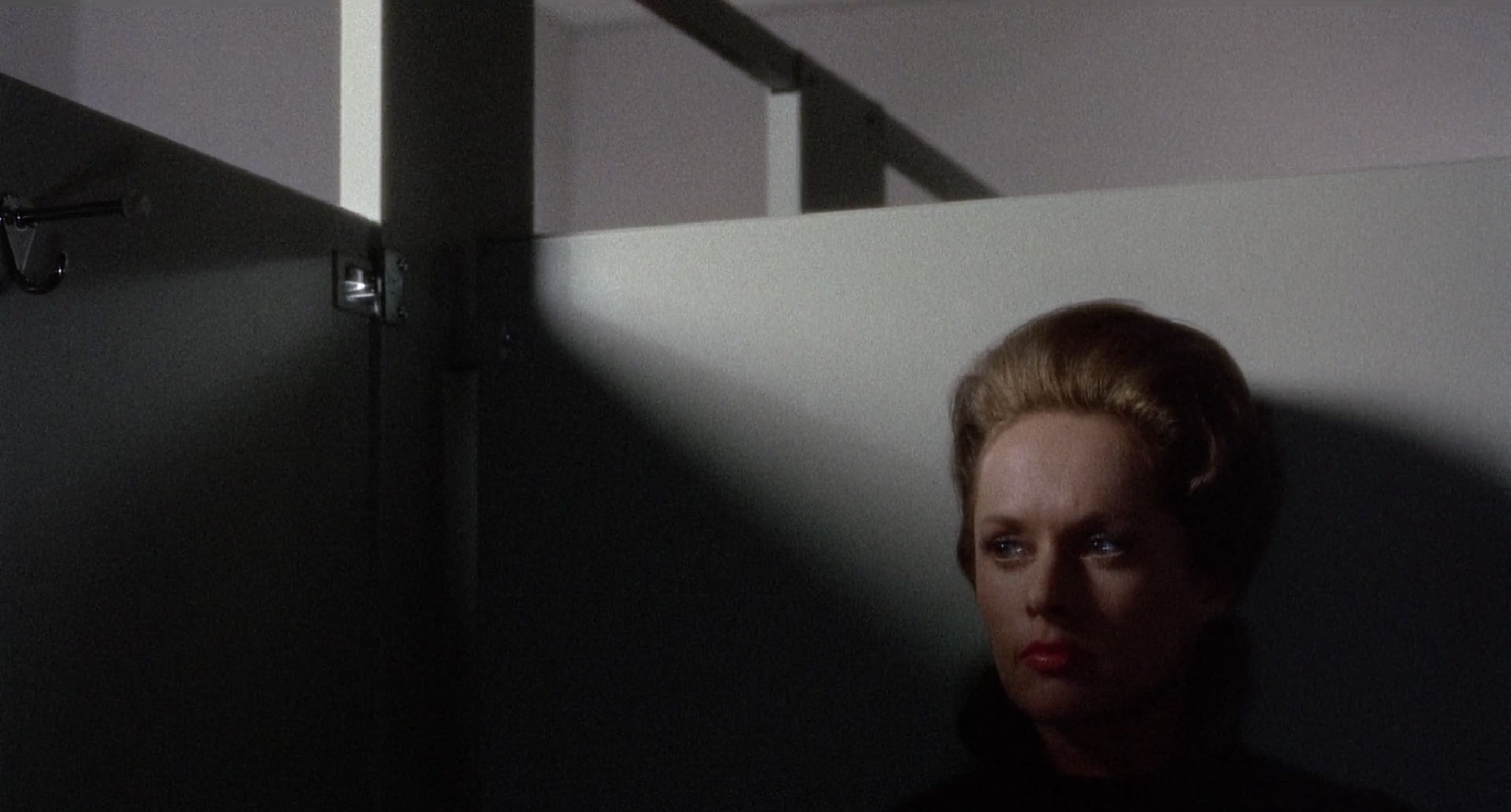
Marnie (1964)
Alfred Hitchcock’s flawed but fascinating unravelling of one of his greatest characters in Marnie weaves a suspenseful mystery of powerful visual motifs through her erratically compulsive behaviour, leading us deeper into her mind to discover what sort of repressed trauma is at the source of it all.

